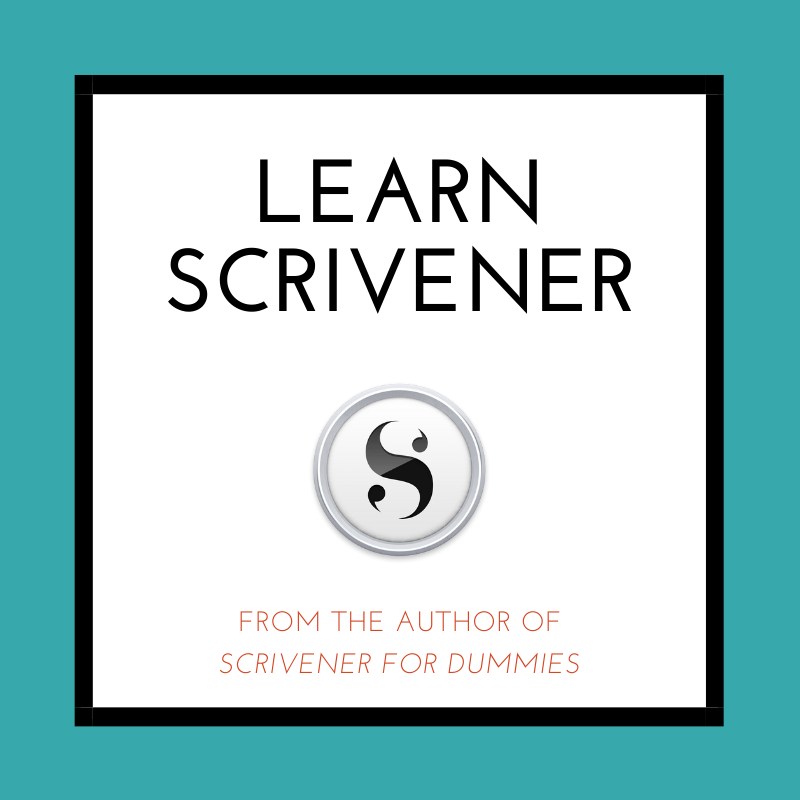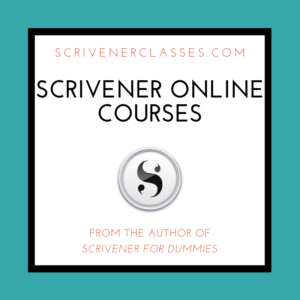Micro-content refers to small, easily digestible pieces of information designed to be consumed quickly. Think tweets, short videos, or infographics. Essentially, it’s content that gets to the point fast, catering to our ever-shortening attention spans.
The rise of micro-content is closely tied to the rapid growth of the internet and social media platforms. As these platforms evolved, so did the way we consume information. Gone are the days when people had the time to sit through lengthy articles or videos. Today, brevity is key.
This shift towards micro-content is essential in the digital age, where there’s an overwhelming amount of information available at our fingertips. People are constantly bombarded with content, making it crucial for brands and creators to capture attention quickly. Micro-content serves this purpose well, delivering value in a condensed format without demanding too much time from the audience.
Understanding People’s Need for Quick Information
There’s a psychological reason why short, bite-sized content resonates with people. Our brains are wired to process information quickly, making succinct content more appealing. When faced with a sea of information, people naturally gravitate towards content that’s easy to digest and immediately useful.
Modern attention spans are shorter than ever. Several studies suggest that the average attention span has significantly decreased over the last decade. The sheer volume of information available online contributes to this shift. Faced with endless options, people often skim through content, stopping only when something catches their eye quickly.
This rapid consumption of information impacts how people interact with content. They favor quick, actionable insights over lengthy articles or videos. This preference strongly influences how content should be structured. Brands and creators now focus on delivering the most crucial information upfront in their content to meet this need.
The World’s Best Grammar Checker
The fast-paced nature of modern life also plays a huge role. People are juggling multiple tasks and responsibilities, leaving little time for deep dives into lengthy content. Micro-content fits seamlessly into these busy schedules, offering value without demanding significant time investment.
Elements of Effective Micro-Content
To create effective micro-content, brevity and clarity are paramount. Every word counts. An impactful piece delivers a clear message or valuable insight without fluff. Users should grasp the essential point in moments.
Visual appeal enhances the effectiveness of micro-content. Incorporating images, graphics, or short videos can significantly improve engagement and retention. Visual elements break up text and capture attention, making the content more memorable.
Relevance is critical. Micro-content needs to be timely and pertinent to the audience’s interests. Keeping abreast of trending topics and aligning content accordingly can enhance its impact. Immediate relevance makes micro-content more appealing and shareable.

Micro-Content Formats and Platforms
Social media platforms like Twitter, Instagram, and TikTok are prime arenas for micro-content. Tweets, Instagram Stories, and TikTok videos are crafted specifically for short bursts of attention, making them perfect for sharing quick updates, promoting events, or delivering instant insights.
Infographics and charts present data in a visually engaging way. They simplify complex information, making it accessible at a glance. Infographics are particularly useful for educational purposes or to summarize research findings without overwhelming the audience.
Email marketing has also embraced micro-content. Concise email snippets can introduce key topics, share promotional offers, or provide brief updates, encouraging the reader to engage further by clicking through to a full article or special offer. Best Plagiarism Checker & Proofreader
SMS and push notifications are another effective micro-content format. These methods deliver urgent or time-sensitive information right to the user’s phone. They’re perfect for flash sales, important reminders, or breaking news updates, ensuring the message gets noticed quickly.
These varied platforms and formats highlight the versatility of micro-content, allowing creators to choose the most effective way to reach their audience while respecting their time.

Crafting High-Quality Micro-Content
Impactful storytelling in micro-content demands precision. With limited space, focus on the core message. Start with a strong hook to grab attention immediately and follow with a clear, concise point.
Visuals are crucial. Use high-quality images, gifs, and short videos to enhance engagement. Visual elements can convey emotions and details that words may not fully express, making the content more appealing and shareable.
Information density should be balanced with readability. Avoid cramming too much into a small space. Prioritize key points and trim unnecessary details. If additional context is needed, link to more comprehensive content.
Effective micro-content also requires a strong call to action. Whether encouraging a click, share, or comment, a clear, compelling call to action guides your audience on what to do next, increasing engagement and interaction.
Lastly, consistency in quality is critical. Maintain a high standard in every piece of micro-content to establish reliability and trust with your audience. They should come to expect valuable insights or information every time they engage with your content. Check out Grammarly!

Micro-Content in Marketing Strategies
When it comes to boosting brand awareness, micro-content is a powerhouse. Small, shareable snippets are perfect for reaching a broad audience quickly. Tweets, Instagram Stories, and short videos can go viral, expanding your reach far beyond your immediate followers.
Creating shareable and viral content involves tapping into current trends and understanding your audience’s interests. Timely, relevant content that resonates with your audience encourages them to share it within their networks, amplifying your message organically.
Case studies offer valuable insights. Look at brands that have successfully leveraged micro-content. Take Wendy’s, for example, whose witty tweets have garnered massive engagement. Analyzing such strategies provides inspiration and practical takeaways for your own efforts.
Micro-content is also effective in driving traffic to longer content or promotions. Teasers, highlights, or provocative questions in micro-content can pique interest and lead users to your blog, website, or product page. This approach maximizes the impact of each piece of content by guiding users deeper into your ecosystem.
Measuring the success of micro-content is vital. Metrics like shares, likes, comments, and click-through rates provide valuable feedback. Regularly reviewing these metrics helps refine your strategy, ensuring that each piece of micro-content performs at its best.

The Role of E-E-A-T in Micro-Content
Establishing expertise and authority in micro-content requires precision and clarity. Providing accurate, well-researched information, even in a short format, builds credibility. Every piece of micro-content should reflect your knowledge and reliability.
Building trust is essential. Consistent quality across all micro-content instills confidence in your audience. When followers know they can rely on you for valuable insights, they are more likely to engage with and share your content.
Examples of high E-E-A-T micro-content can be found in trusted news sources that deliver concise updates, expert tips, or summaries. These examples illustrate how brief yet authoritative content can effectively communicate expertise and foster trust. Crafting micro-content that reflects these principles strengthens your brand’s reputation and audience loyalty.

SEO and Micro-Content: A Harmonious Relationship
SEO best practices align perfectly with micro-content. Using relevant keywords and phrases within your short content ensures visibility in search engine results. Carefully chosen keywords make your content easy to find, even in a concise format.
Tags and hashtags are crucial. They categorize your micro-content, making it more discoverable. Strategic use of hashtags on platforms like Twitter and Instagram can extend your reach and connect you with a broader audience interested in those topics.
Micro-content plays a significant role in SERP (Search Engine Results Page) features. Featured snippets, quick answers, and video previews often draw from micro-content. Optimizing your content for these features involves answering common questions succinctly and providing clear, valuable information.
Including internal and external links in your micro-content enhances SEO. Internal links guide users through more of your content, improving site engagement, while external links to authoritative sources boost credibility and search engine ranking.
Regularly updating micro-content with the latest information keeps it relevant and maintains your SEO performance. Search engines favor fresh content, so keeping micro-content up-to-date ensures it continues to perform well in search results.

Future Trends in Micro-Content
Technological advancements are shaping the future of micro-content. Innovations like augmented reality (AR) and virtual reality (VR) offer new, immersive ways to present small, engaging snippets. These technologies can transform static content into interactive experiences, capturing audience interest in unprecedented ways.
Consumer behavior is continually evolving. As people become more accustomed to quick, informative content, the demand for even faster, more efficient forms will likely increase. Brands must stay agile, adapting their strategies to meet these shifting preferences.
Predictions suggest a growing emphasis on personalization. Tailoring micro-content to specific audience segments ensures higher engagement. Using data analytics to understand individual preferences enables creators to deliver highly relevant and personalized micro-content.
To stay ahead, brands should keep an eye on these trends and be ready to experiment with new formats and technologies. Embracing innovation while maintaining the core principles of effective micro-content—brevity, clarity, and relevance—will be key to success in this fast-paced landscape.
Certainly, as a wordsmith seeking to enhance your writing prowess, you’ll find many remarkable writing tools and apps at your disposal. Let’s explore some of the best options:
- Scrivener: A beloved companion for authors, Scrivener offers a treasure trove of features. It helps you track plot threads, store character notes, structure your work, and—most importantly—get serious writing done. While it’s not free, the investment is worth it for serious writers.
- Ulysses: If distraction-free writing is your goal, Ulysses is your muse. Its minimalist interface allows you to focus solely on your words. Plus, it syncs seamlessly across devices, ensuring your creativity flows wherever you are.
- iA Writer: Ideal for online writing (think Medium or WordPress), iA Writer combines simplicity with elegance. Its clean design encourages a flow state, making it a favorite among bloggers and content creators.
- Plottr: For those who thrive on outlining, Plottr is a gem. It helps you map out your novel, organize scenes, and keep your plot threads in check. Whether you’re a pantser or a plotter, Plottr has your back.
- Reedsy Book Editor: If you’re working on a book, Reedsy’s online editor is a fantastic choice. It’s free, collaborative, and offers a straightforward interface for drafting and editing your masterpiece.
- yWriter: Scene-based writers rejoice! yWriter lets you organize your novel into scenes, track characters, and maintain a bird’s-eye view of your work. It’s a powerful tool for structuring your narrative.
Remember, the best writing app is the one that aligns with your unique needs and writing style. Whether you’re crafting screenplays, novels, or blog posts, these tools will be your trusty companions on your literary journey. Happy writing! 📝✨
Words Beyond The Page!
Kevin
I hope you found this blog post helpful. If you did, please share it with your friends and leave a comment below. And if you want to learn more about writing, check out my other blog posts on 3D printing, affiliate marketing, and writing. Thanks for reading! 😊
Make them laugh, make them think, but above all, make them feel!


